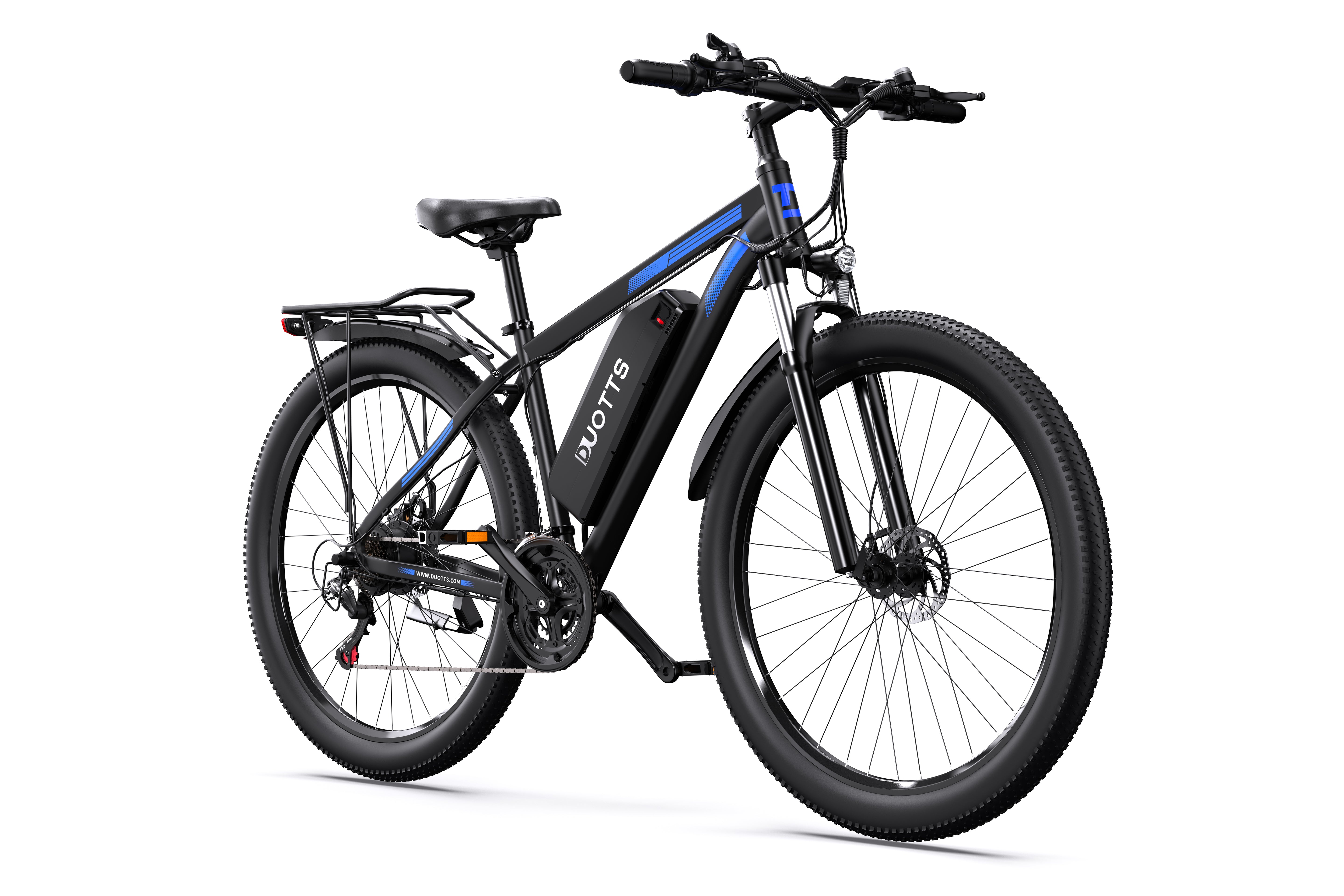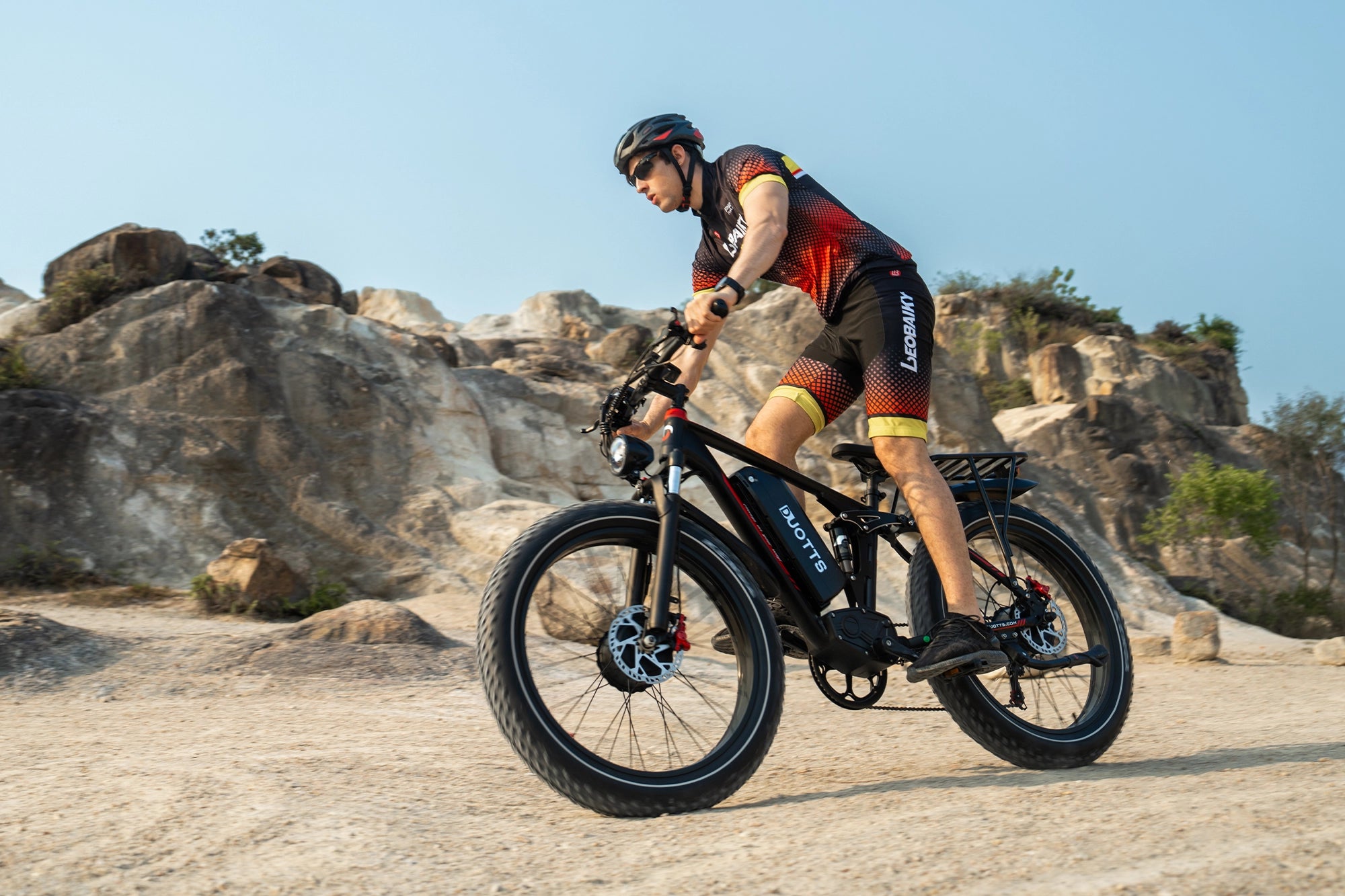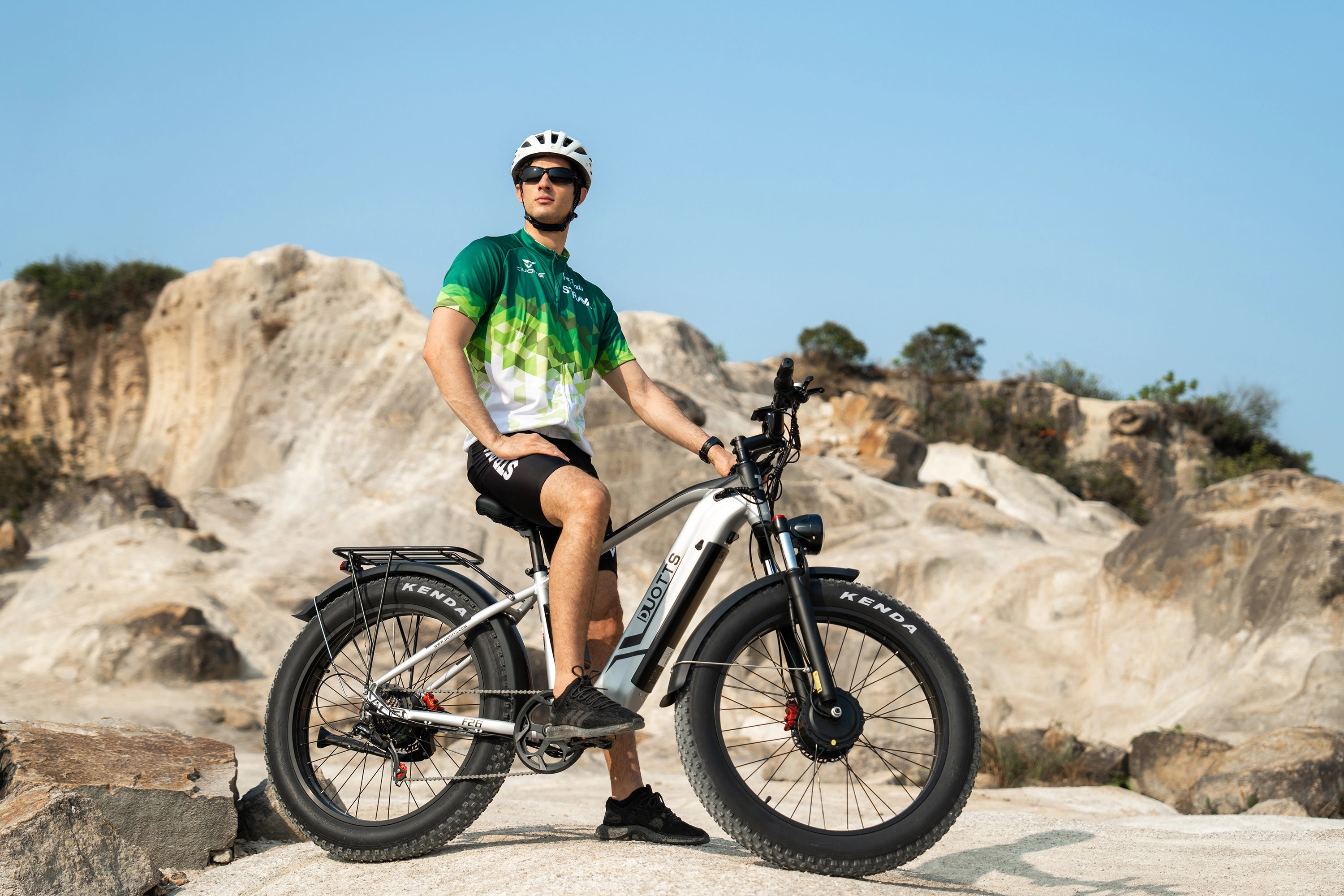An electric bike offers an excellent way to explore the beautiful countryside of Europe. The scenic trails make it a truly enjoyable experience. It’s no wonder it continues gaining popularity across the continent. However, understanding local e bike laws is crucial to riding hassle-free. Knowing the regulations will help any rider fully enjoy the ride. The following is a breakdown of e bikes and the law in key European countries:
Traffic Lane Usage
Generally in Europe, electric bikes can utilize the same traffic lanes as traditional bicycles. The traffic lanes include pedestrian routes, bike paths, and bus-bike lanes. The electric bikes must obey dedicated speed limits as well. Typically, maximum speed is 25km/h. The typical motor input limit on European roads is between 250W-750W.
However, lane usage standards diverge between countries in Europe. In the UK, for example, all e-bike categories must ride on the left side of lanes per British driving etiquette. France’s e bike laws allow e-bikes on bicycle paths and lanes but impose precise velocity limitations on pedestrian routes. Polish e bike laws align with EU guidelines, permitting e-bikes on cycle facilities under local pace constraints. Italy limits street-legal ebike speeds to 6km/h on pedestrian routes.
Registration
Registering an e-bike is compulsory for certain classes in some European territories. Electric bikes with 250 watts of motor power and assistance up to 25 km/h don’t require registration, while S-Pedelecs rated at 500 watts up to 45 km/h necessitate e bike registration in Germany, Austria, and most other countries. Class 2 e-bikes (throttle-controlled e-bikes) don’t require it as long as they meet certain standards. Class L1e-b e-bikes with higher power output than 750 watts require registration.
Registering process varies from country to country. Generally, it involves completing registration forms with basic identification and motor specifications. Benefits include proving lawful vehicle ownership, assisting recovery if stolen, and facilitating insurance claims in case of any incidents during transit.

Licensing Requirements
While low-powered pedal-assist bikes demand no license across Europe, e bike laws vary significantly based on age, region, and e-bike type. For example, in the UK, if you are 14 or above, you can ride a Class 1 or Class 3 e-bike without a license. In Switzerland, a category M driving license is required for those of the same age riding a Class 1 or Class 3 e-bike. In Denmark, only those riding an electric bike with over 250W power should be licensed.
Insurance Obligations
Insurance serves to protect all riders as well as other road users in the event of unexpected circumstances. Class 1 and 3 electric bikes rarely warrant obligatory coverage in Europe. However, for Class 2 e-bikes, some countries mandate insurance. For Class L1e-b e-bikes, having insurance is obligatory. Nevertheless, getting voluntary insurance brings valuable peace of mind for any cyclist.
Age Restrictions
Generally, e bike laws permit riding Class 1 electric bikes without a license to those aged 14 and above across Europe. But for minors, restrictions apply. The minimum law license age stands higher at 16 in the UK for Class L1e-b e-bikes after mandatory CBT. Generally, a minimum of 14 to 15 years of age is required to ride an e-bike in most European countries.
Key Takeaways
|
Bike Type |
Speed Limit |
Registration |
Required License |
Insurance |
Minimum Riding Age |
|
Class 1/3 (Pedal-Assist) |
25 km/h |
Not needed |
None |
Voluntary |
14 years in most areas |
|
Class S-Pedelec |
25-45 km/h |
Compulsory in most countries |
None |
Voluntary |
14 years in most areas |
|
Class 2 (Throttle e-bike) |
20 -25km/h |
Not needed if meeting certain standards |
Motorcycle license in certain countries |
Voluntary in many places |
14 years in most areas |
|
Class L1e-B (E-motorbike ) |
commonly 45 km/h |
Compulsory if power output 750 watts or higher |
CBT after 16 in the UK, etc. |
Compulsory |
16 years after CBT in the UK, etc. |
|
*One should refer to the local authorities for applicable e bike rules and regulations. |
|||||

Conclusion
E-bikes open up an incredible new way to experience Europe’s landscapes. By understanding local e bike laws and electric bike rules, any rider can fully embrace this popular new form of travel while avoiding problems down the road. At DUOTTS, we pride ourselves on being the electric bike store dedicated to delivering a distinctive, exceptional, and customer-centric shopping journey. Our ebike offerings are feature-rich and uphold the highest quality standards. They are ideal for responsibly exploring Europe’s scenic trails. Visit our website to browse our cost-effective electric bikes.
























Lasă un comentariu
Toate comentariile sunt moderate înainte de a fi publicate.
Acest site este protejat de hCaptcha și hCaptcha. Se aplică Politica de confidențialitate și Condițiile de furnizare a serviciului.